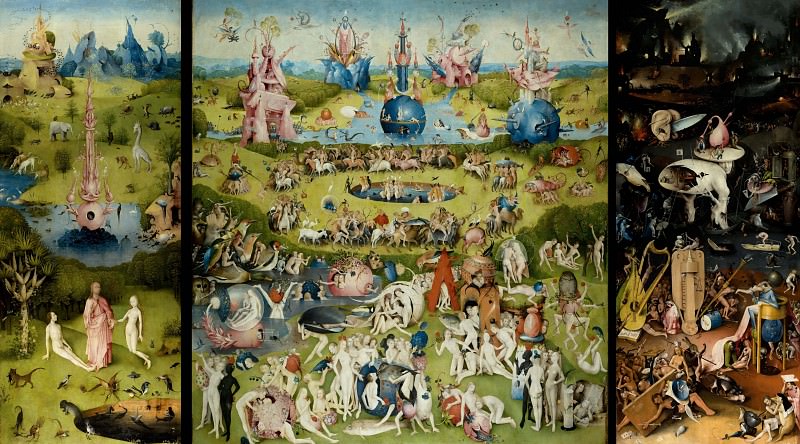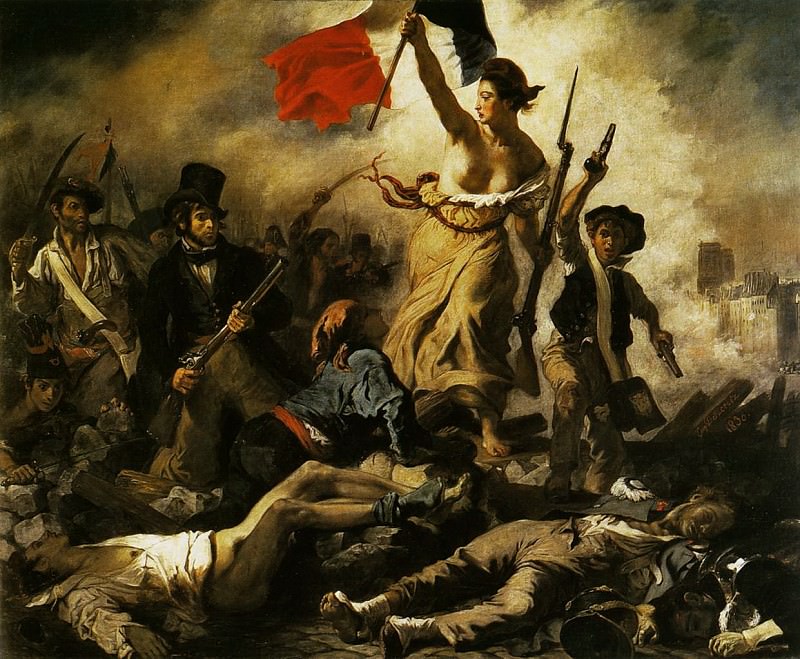John William Waterhouse: A Journey Through His Art
John William Waterhouse, an artist whose name is synonymous with the Pre-Raphaelite Brotherhood, stands as a towering figure in the realm of art. His works, often characterized by their ethereal beauty and enchanting subjects, have captivated audiences for over a century. Born in 1849, Waterhouse's artistic journey was one of evolution, deeply influenced by the cultural and artistic movements of his time. His paintings are not just mere representations of mythological and literary themes; they are windows into the soul of an artist who mastered the delicate balance between realism and romanticism.
The Early Years and Influences
Waterhouse's early years were marked by the artistic environment he was born into. His parents were both painters, and this undoubtedly played a significant role in shaping his artistic inclinations. Growing up in such an environment, Waterhouse was exposed to the world of art from a very young age. His early works, though not as famous as his later masterpieces, showcased a burgeoning talent that would soon bloom into full force.
The Pre-Raphaelite Brotherhood, founded by artists such as Dante Gabriel Rossetti, William Holman Hunt, and John Everett Millais, greatly influenced Waterhouse's style. The Brotherhood's emphasis on vivid color, attention to detail, and themes drawn from literature and mythology resonated deeply with Waterhouse. However, unlike the founders of the movement, Waterhouse was more inclined towards a subtle, dreamlike quality in his work, which became a defining feature of his artistic identity.
Mythology and Literature: The Core of Waterhouse's Art
One of the most striking aspects of Waterhouse's art is his deep connection to mythology and literature. His paintings often depict scenes from classical mythology, Shakespearean plays, and the Arthurian legends. This affinity for storytelling through art allowed Waterhouse to create works that were not only visually stunning but also rich in narrative.
One of his most famous works, "The Lady of Shalott", is a prime example of this narrative depth. Based on Alfred Lord Tennyson's poem of the same name, the painting captures the tragic moment when the cursed Lady of Shalott leaves her tower, sealing her fate. Waterhouse's attention to detail, the melancholic atmosphere, and the haunting expression on the Lady's face make this painting a masterpiece of Victorian art.
Similarly, "Hylas and the Nymphs" draws from Greek mythology, depicting the moment when Hylas, a companion of Hercules, is lured into a pool by water nymphs. The painting's composition, with its lush, almost hypnotic depiction of the nymphs and the tranquil yet foreboding water, showcases Waterhouse's ability to evoke emotion and tension through his art.
The Role of Women in Waterhouse's Art
Women occupy a central place in Waterhouse's oeuvre. His fascination with the female form and psyche is evident in the way he portrays women as both strong and vulnerable, mystical and real. The women in Waterhouse's paintings are often depicted in moments of introspection, longing, or enchantment, which adds a layer of complexity to their character.
"Circe Offering the Cup to Ulysses" is a perfect illustration of this complexity. Circe, the enchantress from Homer's Odyssey, is portrayed with an air of regal confidence, holding a cup of poison meant for Ulysses. Waterhouse's Circe is not just a mere temptress; she is a figure of power, fully aware of her abilities and the consequences of her actions.
In "Ophelia", inspired by Shakespeare's Hamlet, Waterhouse portrays the tragic heroine in a moment of serene resignation before her death. The painting, with its delicate play of light and the serene landscape, contrasts starkly with the impending tragedy, making Ophelia's fate all the more poignant.
Waterhouse's Mastery of Technique
Waterhouse's technique is often celebrated for its meticulous attention to detail and the use of vibrant colors. His paintings are marked by a keen sense of composition, where every element serves to enhance the overall narrative. Waterhouse's brushwork is delicate yet deliberate, allowing him to create textures that give his paintings a lifelike quality.
One of the most remarkable aspects of Waterhouse's technique is his use of light. In "The Soul of the Rose", for example, the soft, diffused light that bathes the figure of the woman enhances the romantic and introspective mood of the painting. The way Waterhouse handles light and shadow adds depth to his compositions, making his subjects almost tangible.
Moreover, Waterhouse's use of color is both bold and subtle. In "A Mermaid", the cool, muted tones of the underwater scene contrast beautifully with the mermaid's fiery red hair, creating a striking visual effect. This careful balancing of colors, along with his skillful use of light, allows Waterhouse to create paintings that are not only visually appealing but also emotionally resonant.
Legacy and Influence
John William Waterhouse's legacy is one that has endured well beyond his time. His works continue to be celebrated for their beauty, emotional depth, and technical brilliance. Waterhouse's influence can be seen in the works of many contemporary artists who draw inspiration from his themes, techniques, and aesthetic sensibilities.
Waterhouse's art has also found a new audience in the modern era, with his paintings being widely reproduced and admired across various platforms. The timeless quality of his work ensures that it remains relevant, appealing to both art connoisseurs and casual viewers alike.
In recent years, Waterhouse's works have been the subject of renewed interest and scholarly analysis. Exhibitions dedicated to his art have drawn large crowds, reflecting the continued fascination with his unique style and thematic choices. Waterhouse's ability to blend the real with the fantastical, to evoke emotion through meticulous detail, and to capture the essence of his subjects, ensures that his place in the annals of art history remains secure.
Conclusion: The Enduring Allure of Waterhouse's Art
The art of John William Waterhouse is a testament to the enduring power of beauty, myth, and storytelling. His paintings, with their rich narratives, masterful technique, and emotional depth, continue to captivate and inspire. Waterhouse's ability to convey complex emotions and stories through his art makes him one of the most beloved and influential artists of his time.
Waterhouse's work serves as a bridge between the classical and the modern, the real and the imagined. It invites viewers to step into a world where myths come alive, where the past is ever-present, and where the beauty of the human spirit is celebrated in all its forms. In the ever-evolving landscape of art, John William Waterhouse's paintings stand as a beacon of timeless elegance, a reminder of the power of art to transcend time and speak to the soul.




